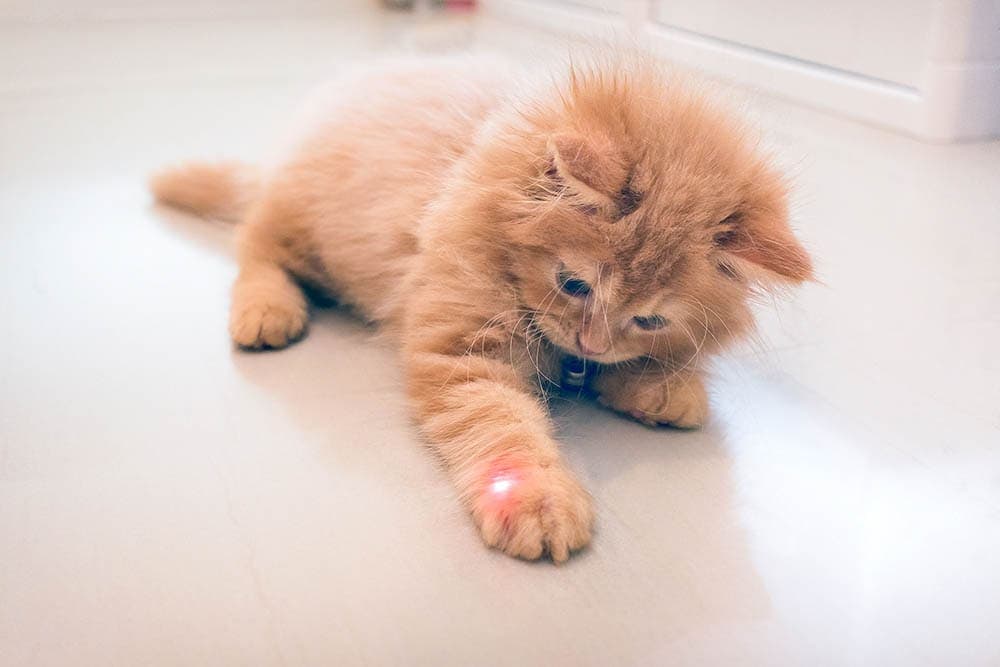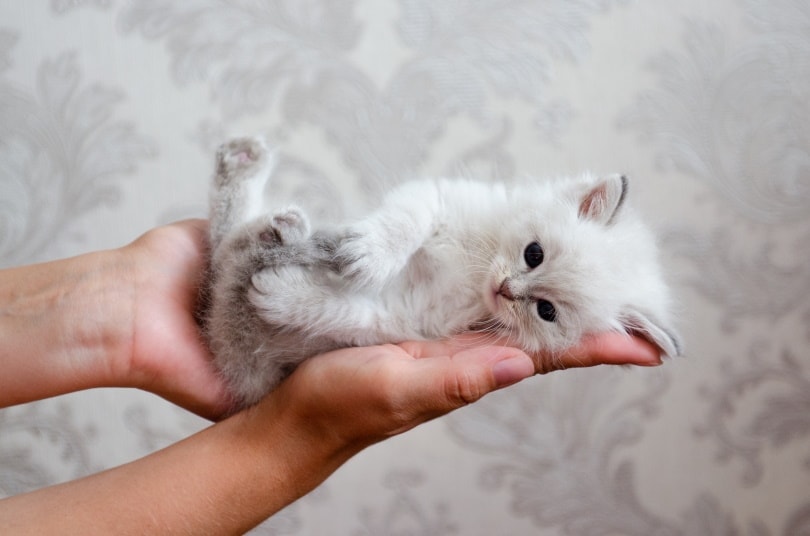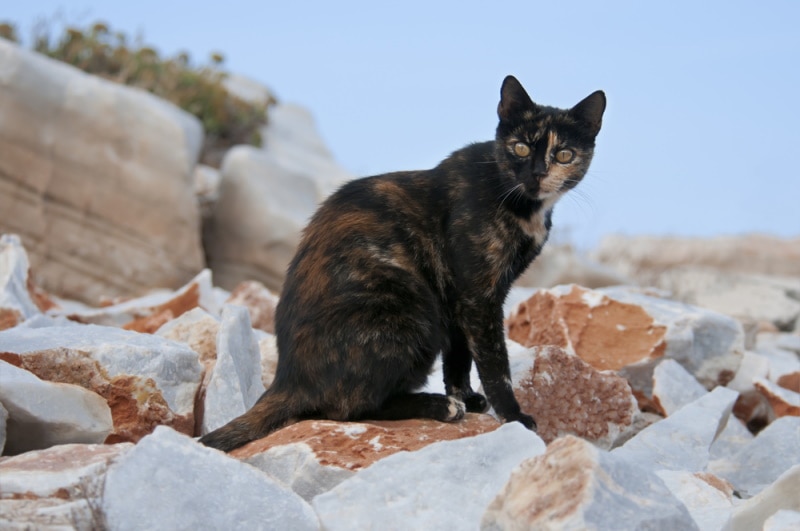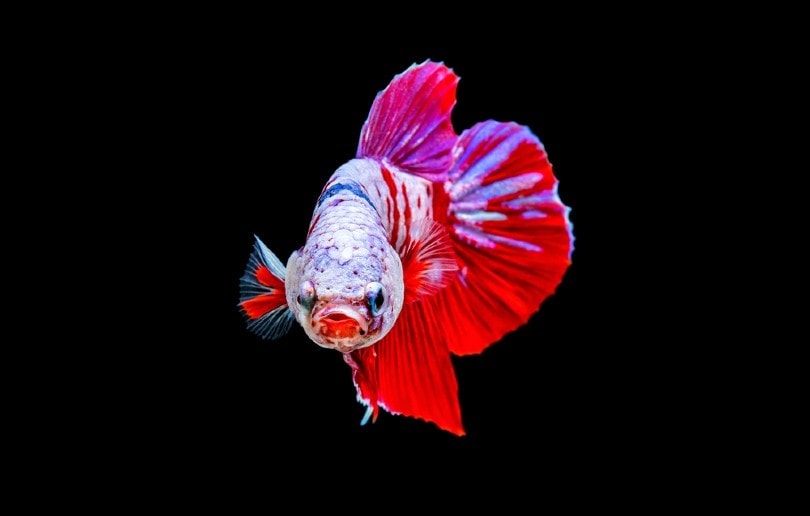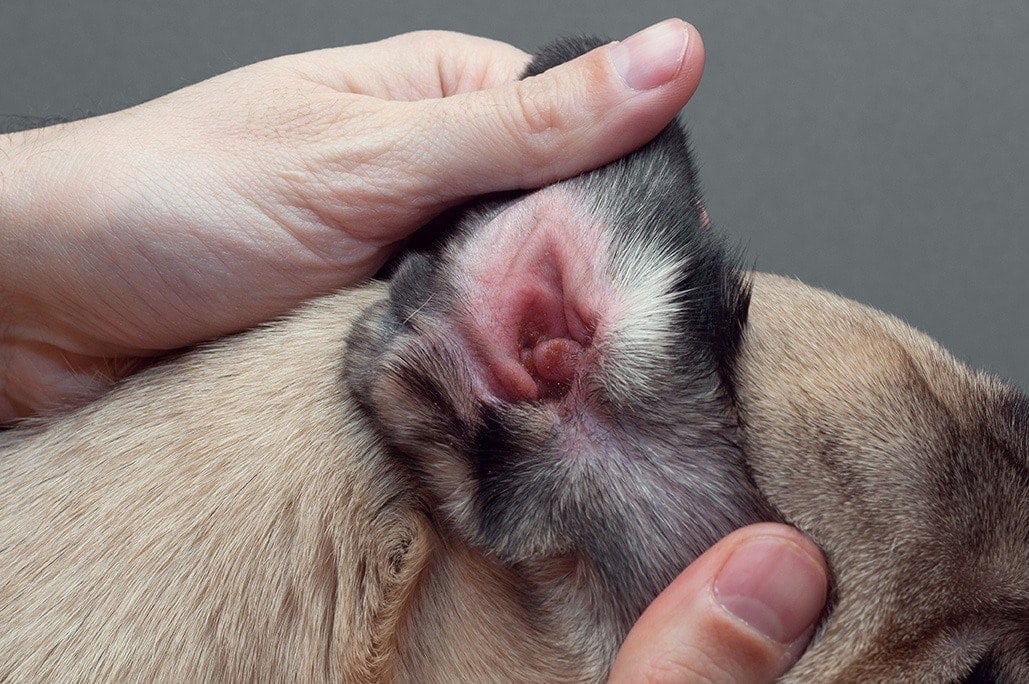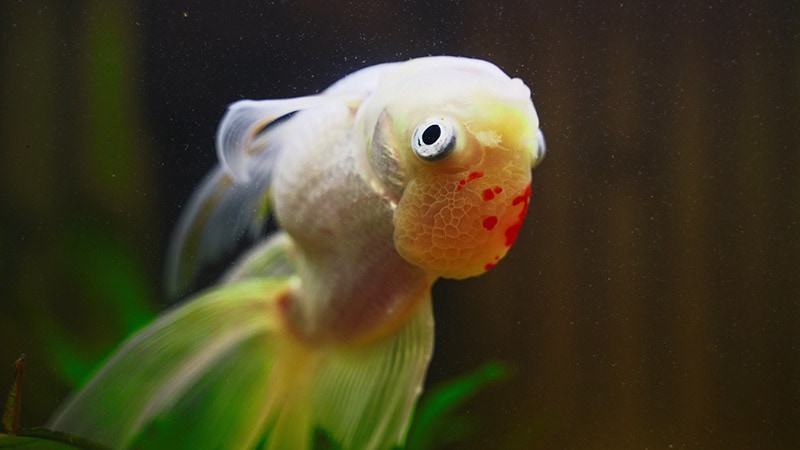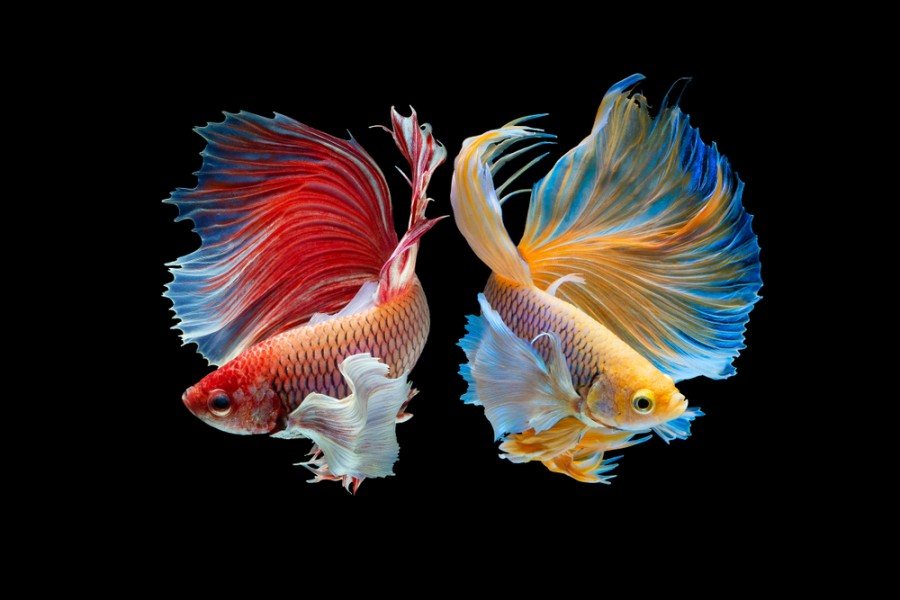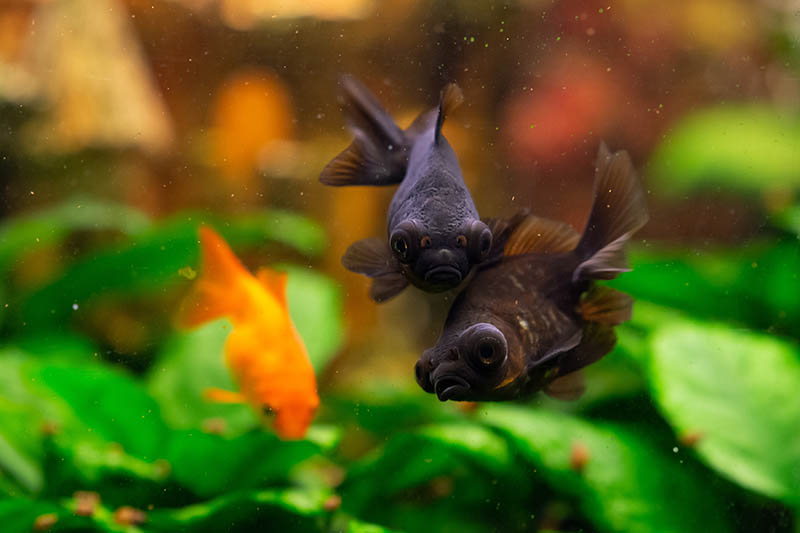Can You Use Human Eye Drops on Cats? Vet-Reviewed Facts & FAQ

Updated on
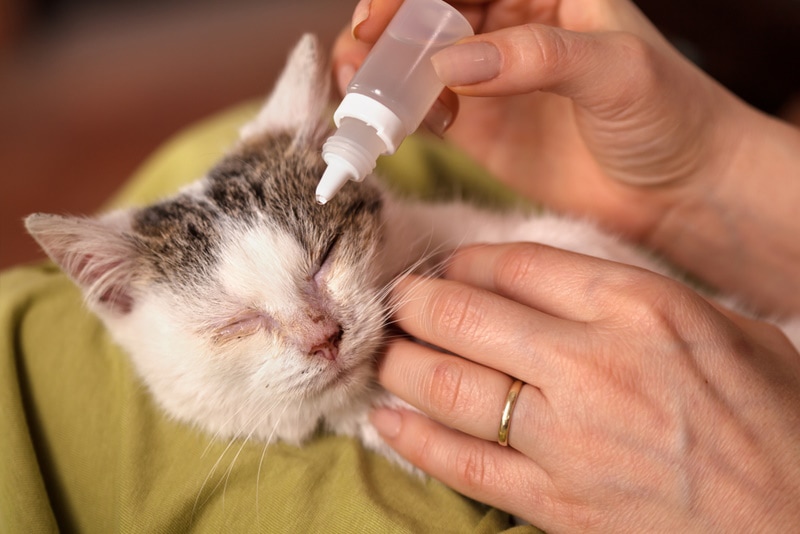
Artificial tears are safe for use when treating minor feline ocular signs like redness and itching. The solutions match the pH of the human eye, and this balance also works for a cat’s eye. However, medicated eye drops meant for humans should never be used to treat cat eye infections.
Medicated eye drops, including allergy and anti-redness drops, contain compounds that can be toxic or detrimental to a cat’s overall health. They can also contain non-toxic elements but in quantities large enough to pose a major threat to your cat.
Read on to learn what could go wrong when administering human eye drops to cats. We will also discuss why artificial tears are considered safe and the feline eye conditions they can treat.
Can Human Eye Drops Harm My Cat?
Understanding the different types of human eye drops and their formulations is crucial to distinguish what can or cannot be used on cats. The two main options include the following.
Artificial Tears
Artificial tears have the same pH as eyes and replicate real tears. They help treat minor ocular concerns like dry eye, itchiness, and redness. Generally, they contain a lubricant as their main ingredient and are safe for use on cats.
Before using artificial tears on your cat, ensure your product contains no preservatives. If your cat is sensitive to preservatives, artificial tears containing polixetonium, benzalkonium chloride (BAK), OcuPure, or polyquaternium (Polyquad) can cause an adverse reaction.
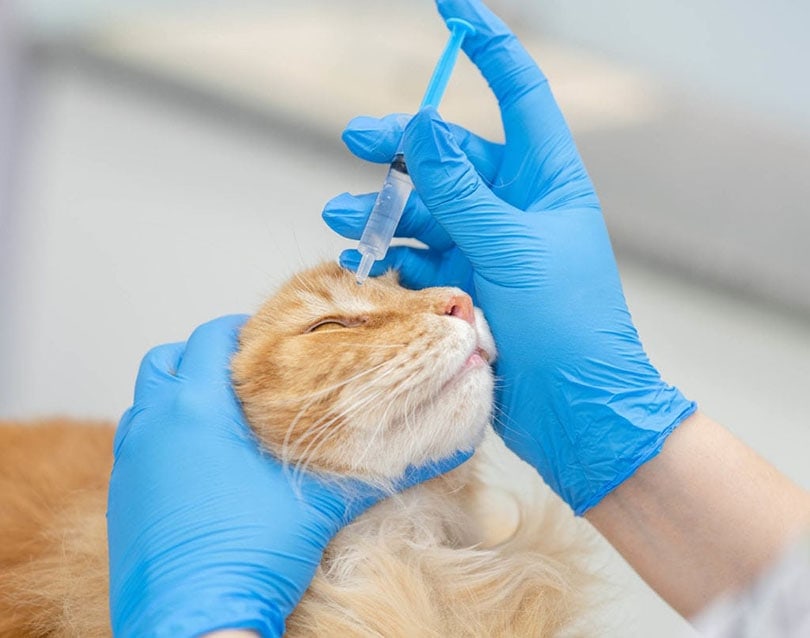
Medicated Human Eye Drops
Medicated eye drops have complex formulations and are used to treat major eye issues like severely bloodshot eyes and allergy signs. Your doctor could also administer drops for treating eye infections caused by bacteria, viruses, or fungi.
Some of the common mediated eye drops include the following.
- Redness-relieving drops
- Itch-relieving (anti-allergy) drops
- Pressure-lowering drops (used to treat glaucoma)
- Antibiotic drops for treating eye infections
Generally, medicated eye drops for humans can harm your cat’s eyes. Topical anti-redness eyedrops may contain decongestants from the imidazolines class such as Tetrahydrozoline. These compounds are toxic to cats and can cause life-threatening reactions.
Even products with antihistamines can contain a higher concentration of the compound. Using them on a cat’s eyes can cause more harm than good.
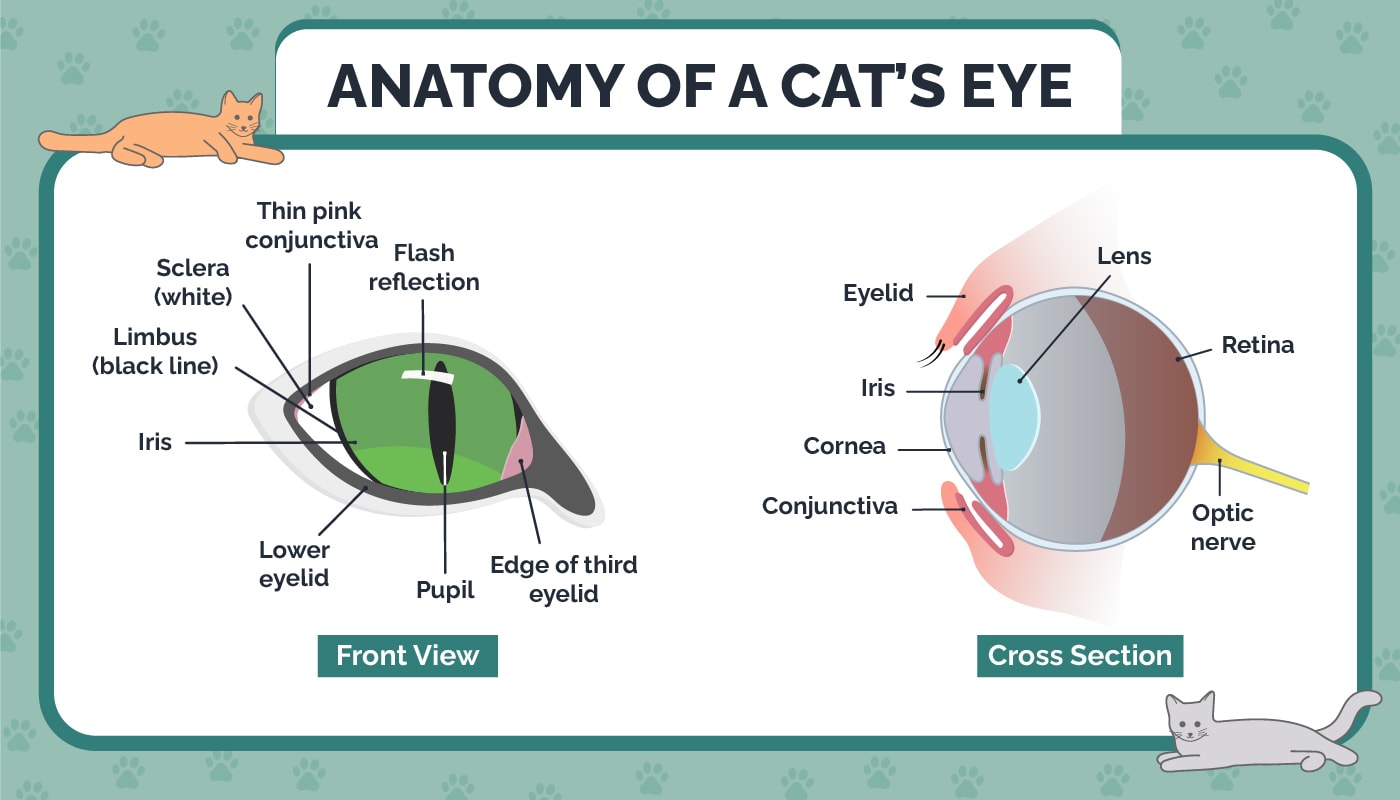
When Is It Safe to Use Artificial Tears on Cats?
For clarity purposes, artificial tears are not the same as enzymatic or cleaning solutions for contact lenses. They are eye drops formulated to clear and moisturize the eyes to alleviate dry eye signs. Because they do not contain medicinal compounds like antibiotics or steroids, they cannot help in addressing severe human or cat ocular signs.
Still, artificial tears for humans can be used on cats whenever your vet recommends them to address the following concerns
Feline Dry Eye Syndrome
Feline dry eye syndrome, or Keratoconjunctivitis (KCS), is a condition that causes red, painful, and irritated eyes. Signs of concern include squinting, excessive blinking, and holding the eyes shut. Your cat may also have a thick yellowish discharge, and its eyes may appear dull and lusterless.
Keratoconjunctivitis can be caused by multiple concerns that impair the eye’s ability to produce sufficient amounts of tear films. The most common causes of the condition are infectious diseases, like feline herpes virus, but neurological problems, like dysautonomia, are also possible.
Kitty Pink Eye
Pink eye, or conjunctivitis, is an ocular concern caused by the inflammation of the conjunctiva (the thin layer that lines the eyeball and eyelids). Signs of this problem include green, yellow, or cloudy discharge, excessive watering, pink or reddish eye rims, squinting, light sensitivity, and visible conjunctiva.
Infectious conjunctivitis is caused by a virus, bacterium, or fungus and cannot be addressed only by using artificial human tears. Non-infectious conjunctivitis is caused by a foreign body, like sand, dust, or allergens trapped under the eyelid. Human artificial tears can help clear the lodged object and lubricate the eye to make it more comfortable.
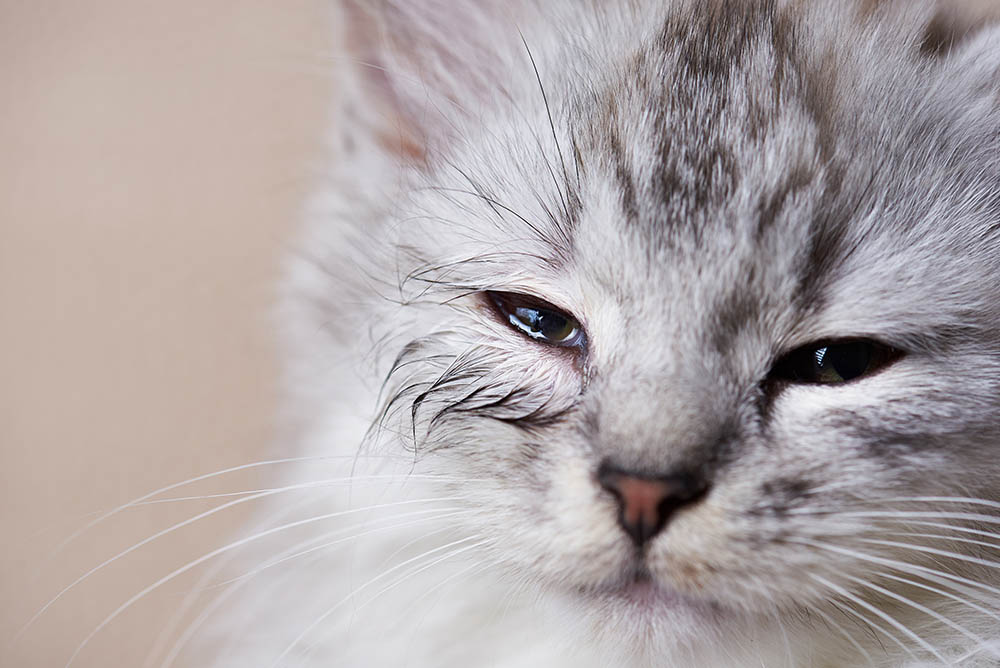
How to Apply Human Artificial Tears on Cats
Human artificial tears can come in handy when cleaning your cat’s eyes or removing a foreign object. Speed is often essential to prevent debris from scratching the cornea and causing secondary viral, bacterial, or fungal ocular infections.
If you cannot get to your vet fast enough, here is how to administer first aid using artificial human tears.
Prepare the Necessary Supplies
Putting eye drops in a cat’s eyes is not simple, although it doesn’t have to be a horrific experience for you and your furry friend. A surefire tip to make things less chaotic is to have all your supplies ready before you pounce on your pet. You don’t want your kitty to use its finely honed escape tactics just as you get up for a minute to grab your cotton swabs.
Here are items that must be within reach.
- Small basin with warm water
- Soft washcloth or cotton swabs
- Eye drops
- Treats
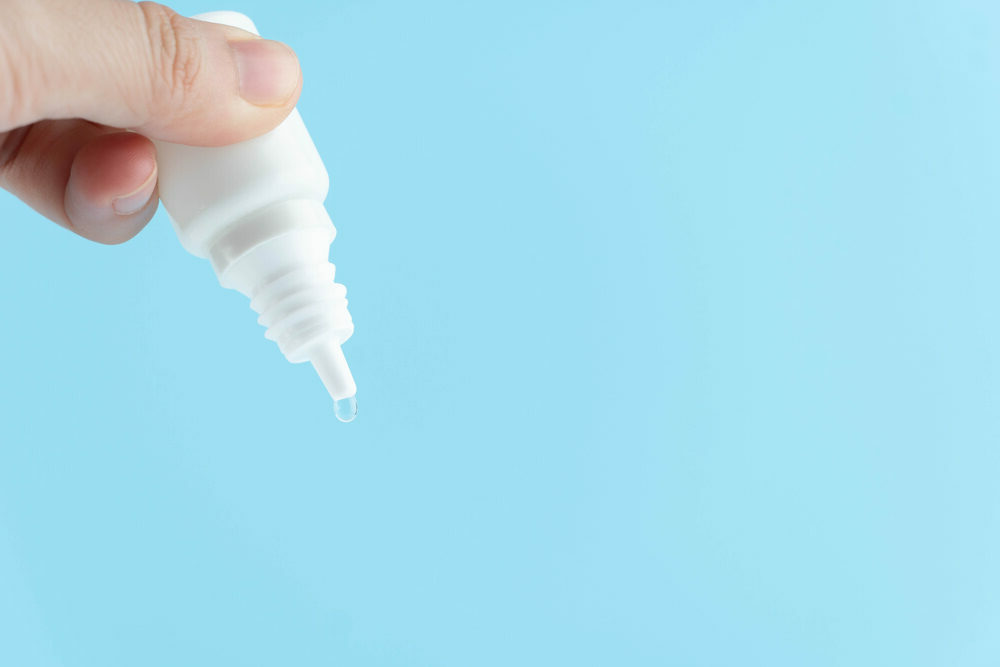
Wash Your Hands Thoroughly
It is necessary to wash your hands thoroughly with warm water and soap before administering eye drops. Even the slightest contamination can be detrimental to your cat’s ocular health.
Let Your Cat Sit On Your Lap
Cats are intelligent creatures armed with claws. It is crucial to ensure they don’t know what you are up to because they may escape or defend themselves.
The best way to do this is to offer a treat to lure your pet to sit on your lap. Give it a good round of petting before wrapping it in a towel or blanket to expose only its head. The idea is to keep those daggers tucked in to avoid a possible attack.
Clean Your Cat’s Eyes
Most ocular concerns cause some level of pain and discomfort to the eye. Cleaning an infected eye with warm water and cotton swabs will provide some relief while allowing you to clear out any tears or discharge. Be gentle and aim to offer a soothing experience that will prepare your pet for the administration of eye drops.
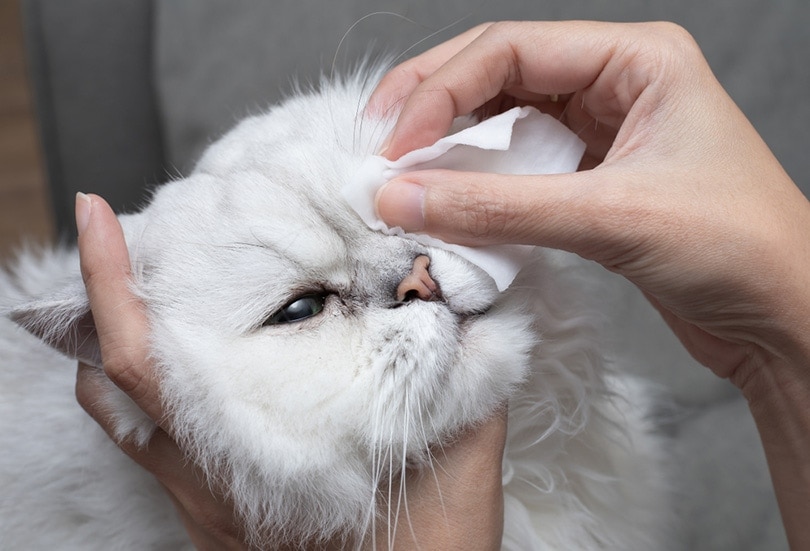
Administer the Eye Drops
Use your dominant hand to hold the eye drop tube using your thumb and index finger. Let the hand rest on your pet’s head and use the other hand to open your cat’s eyelids gently.
With the tube’s tip pointed downward, move it as close to the eye as possible without touching the eye’s surface, approximately 1 inch away. Press one to two drops into each eyeball, and release your cat’s head.
Provide Lots of Rewards
It is imperative to make your furry friend develop a positive association with eye drops. The best way to accomplish this is to provide plenty of praise, petting, and a treat after the procedure.
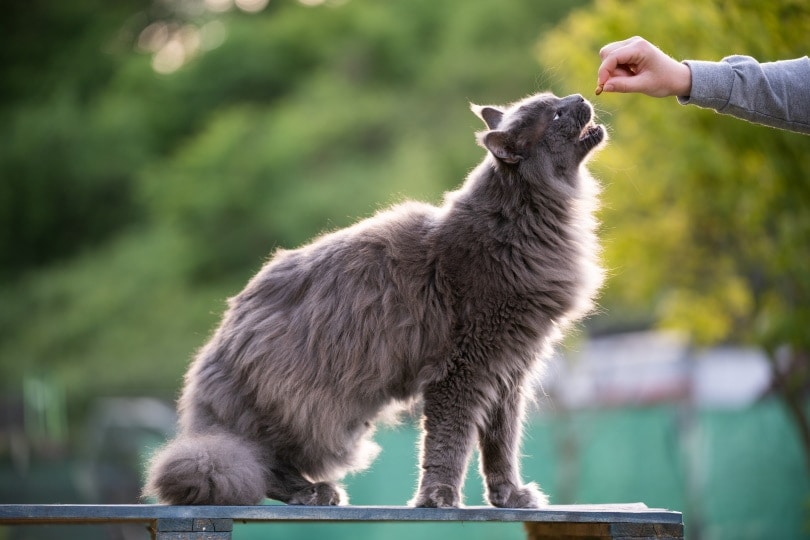
The 4 Tips to Care for Your Cat’s Eyes
Your cat’s eyes are its windows to the world around it. It is essential to take the appropriate measures to keep them clean and healthy.
Here are cat eye care tips every pet parent should know.
1. Provide Proper Nutrition
Quality food and water are fuel for the body and powerful medicines that can defend your cat’s ocular health. Antioxidants and vitamins A, C, and E are potent in supporting optimal vision and eye health. Proper hydration is crucial in keeping the eyes lubricated.
2. Check Your Cat’s Eyes Daily
While each cat is unique, you should provide yours with at least 20 minutes of human interaction daily. During petting sessions or when engaging your pet in interactive play, pay close attention to its eyes. It is essential to act fast if anything seems amiss and its eyes appear cloudy, watery, inflamed, or crusty.
Also, check for changes in pigmentation and size. There is cause for alarm if your pet’s eyes look pale, red, squinted, or swollen. The best course of action is to seek proper diagnosis and treatment from a licensed vet.
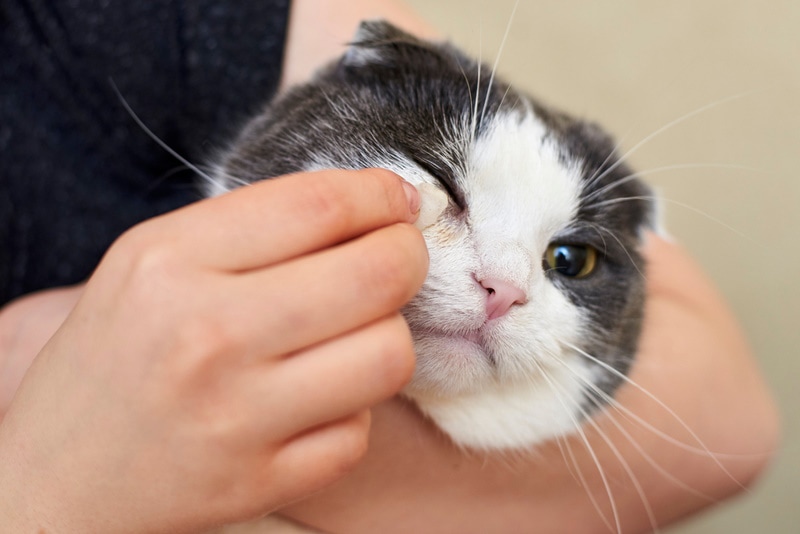
3. Clean the Eyes Routinely
Your should clean your cat’s eyes daily if they form a crusty morning gunk. Often, the discharge is not a reason to worry, especially if your cat is just producing a small amount. If it doesn’t produce any, you don’t need to clean them at all.
4. Keep Up With Wellness Visits
Your cat needs wellness exams each year, even if it appears to be in perfect health. During the visits, your vet will conduct various tests and ensure its overall health, including its ocular health, is on track. Through wellness visits, it is possible to diagnose and treat eye problems before they go from bad to worse.
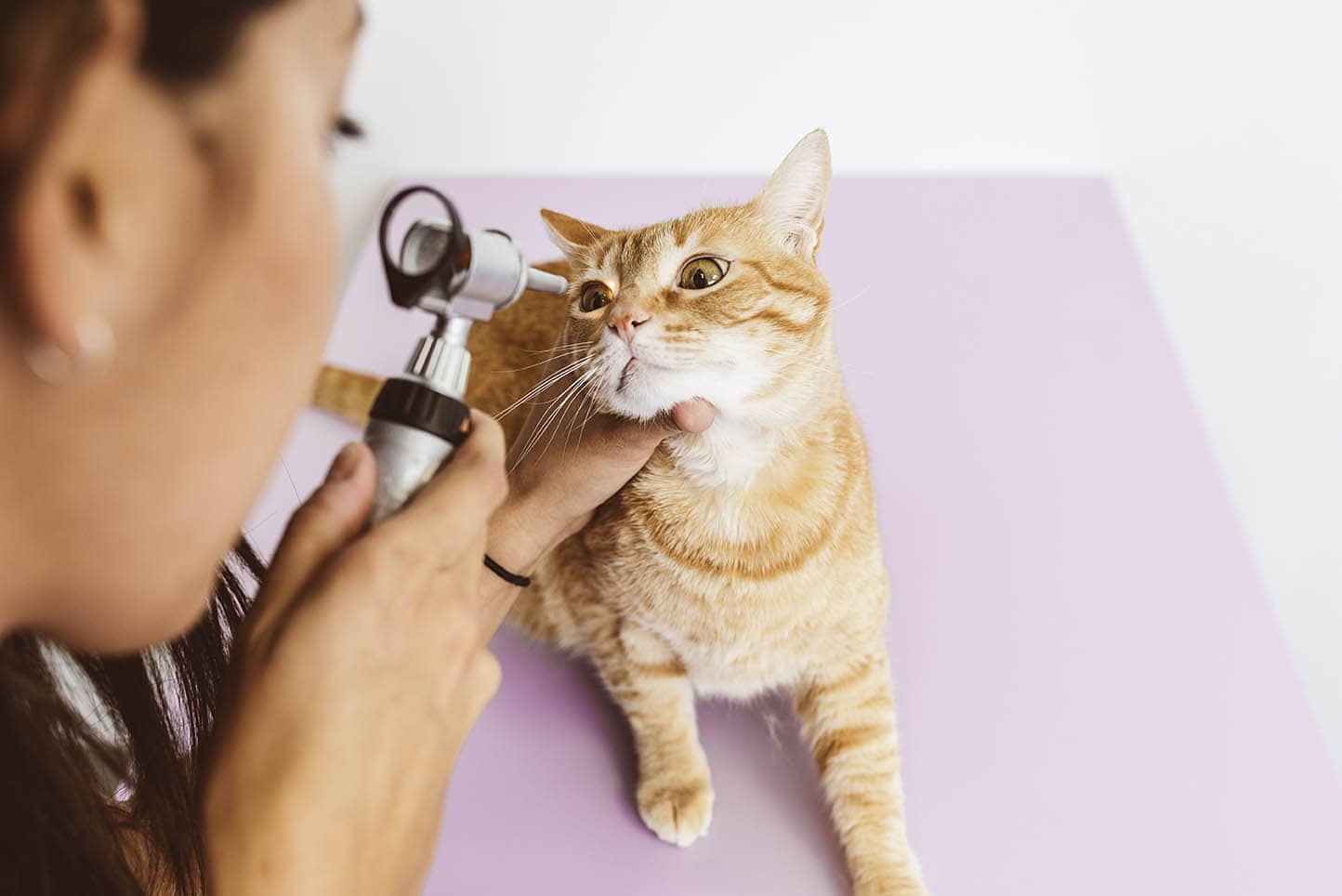
Final Thoughts
Human artificial tears can help with general eye cleaning and address minor concerns like dust lodged inside the eye. However, know that the signs of feline eye infections are often nonspecific. It can be hard to tell whether your kitty’s eyes are itchy or discolored because of an infection, tumor, or foreign object.
The surest way to treat feline eye infections is to have your vet prescribe eye drops after properly diagnosing a condition. Even though artificial human tears can be used on cats, there is always a risk of worsening the problem.
Featured Image Credit: Ilike, Shutterstock




